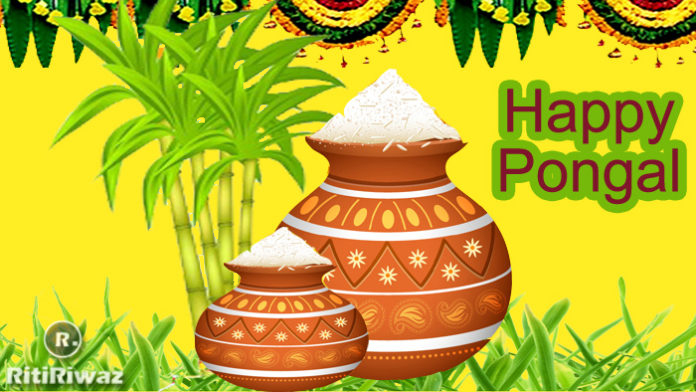Government of India

India is a sovereign, socialist, secular, democratic republic. The Constitution of India, which came into force on 26th January 1950, is the supreme law of the land. The government of India is a federal form (with a high degree of centralization) and a bicameral parliament operating under a Westminster-style parliamentary system. It has three branches of governance: the Legislature, Executive, and Judiciary.
For the Union government of India, the President is the head of state and has a largely ceremonial role, including interpreting the constitution, signing laws into action, issuing administrative orders, and issuing pardons. He is also the Commander-in-Chief of India’s armed forces. The President is elected indirectly by an electoral college for five-year terms, consisting of the members of Parliament and of all the state Legislative Assemblies in a very complicated scheme.
The Prime Minister is the head of government and has the most executive powers. He or she is appointed by the President. As a general rule and rather a very strict convention, the President appoints only that person as the Prime Minister who enjoys the support of the majority of the members in the Lok Sabha (the lower house of the Parliament), and serves a five-year term, with re-election possible. The constitution does not explicitly provide for a post of Deputy Prime Minister, but this option has been exercised from time to time.
The legislature of India is the bicameral Parliament (Sansad), which consists of the upper house called the Rajya Sabha (Council of States), and the lower house called the Lok Sabha (House of People). The 245-member Rajya Sabha is chosen indirectly through the state Legislative Assemblies and has a staggered six-year term. Each state sends members to the Rajya Sabha in a proportion of its population (unlike the Senate of the United States). The 545-member Lok Sabha is directly elected by popular vote for a five-year term and is the determinative constituent of political power and government formation. All Indian citizens above the age of 18 are eligible to vote. The Lok Sabha is subject to dissolution by the President but the Rajya Sabha is not.
The executive arm consists of the President, Vice-President, and the Council of Ministers (the Cabinet being its executive committee), headed by the Prime Minister. Any minister holding a portfolio must be a member of either house of parliament. In the Indian parliamentary system, the executive is subordinate to the legislature. All ministers are appointed and dismissed by the President on the advice of the Prime Minister. The President is bound to follow the advice of the Council of Ministers while making any executive decision or order but may ask the Council to reconsider its decision once.
India’s independent judiciary consists of the Supreme Court, headed by the Chief Justice of India—all appointed by the President. The Supreme Court has both original jurisdictions over disputes between states and the Centre, and appellate jurisdiction over the High Courts of India. Each of these states has a tiered system of lower courts. The Supreme Court has the right to declare laws and orders passed by the government as null and void if they are in conflict with the Constitution. Impeachment of the President and the judges of the Supreme Court requires a two-thirds majority in each house of the Parliament. Removal of the Prime Minister requires a simple majority in the Lok Sabha.
The federating states (Rajya) of India have a governor as the titular head of the province, a Chief Minister as the real head of the government (with his council of ministers), and a directly-elected Vidhan Sabha (Legislative Assembly) to which he is responsible, and optionally an upper house Vidhan Parishad (Legislative Council). The highest court of a state is its High court, whose judges are appointed by the President and not by the governor. There are 18 appellate High Courts, each having jurisdiction over a state or a group of smaller states. No state has its own Constitution except Jammu and Kashmir. No state has separate citizenship (in Jammu and Kashmir, there is a constitutional provision of a permanent resident of the state).
Suggested Read: National Symbols of India






